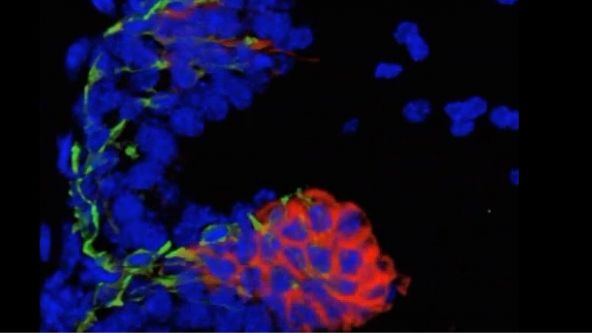Pregunte a los expertos
Nos complace recibirlo en este exclusivo portal, denominado Pregunte a los expertos, para que usted pueda hacernos sus consultas relativas al ámbito de la microscopía en las ciencias biológicas. Únase a los seminarios web en vivo dirigidos por nuestros expertos para discutir temas de vanguardia o comuníquese con ellos en cualquier momento para plantear sus preguntas y desafíos. ¿No pudo asistir a un seminario web? No se preocupe, es posible escucharlo nuevamente. ¿No se lista el tema de su interés? Utilice nuestro formulario de comentarios o póngase en contacto directo con nuestros expertos para obtener ayuda.
Seminarios web en vivo | Seminarios web por solicitud | Expertos

Investigating Spheroid Architecture Using the FV3000 Confocal Microscope

Prostate Cell Lineage Hierarchy and Plasticity

3D Segmentation for Fluorescence Images: From Qualitative to Quantitative

An In Vitro System for Evaluating Anticancer Drugs Using Patient-Derived Tumor Organoids

Study the Function of Stromal Cells through Intestinal Organoid Co-Culture Technology

NoviSight™ Demonstration: 3D Image Analysis and Statistical Software for Organoids and Spheroids

Create a Smarter Cell Culture Workflow

Hyperspectral and Brightfield Imaging Combined with Deep Learning Uncover Hidden Regularities of Colors and Patterns in Cells and Tissues

The Use of Multiplexing in Microscopy for Better Understanding the Skin Immune System in the Context of the Tissue

Now You Have the Power to See More

Product Demo: SLIDEVIEW™ VS200 Research Slide Scanner














